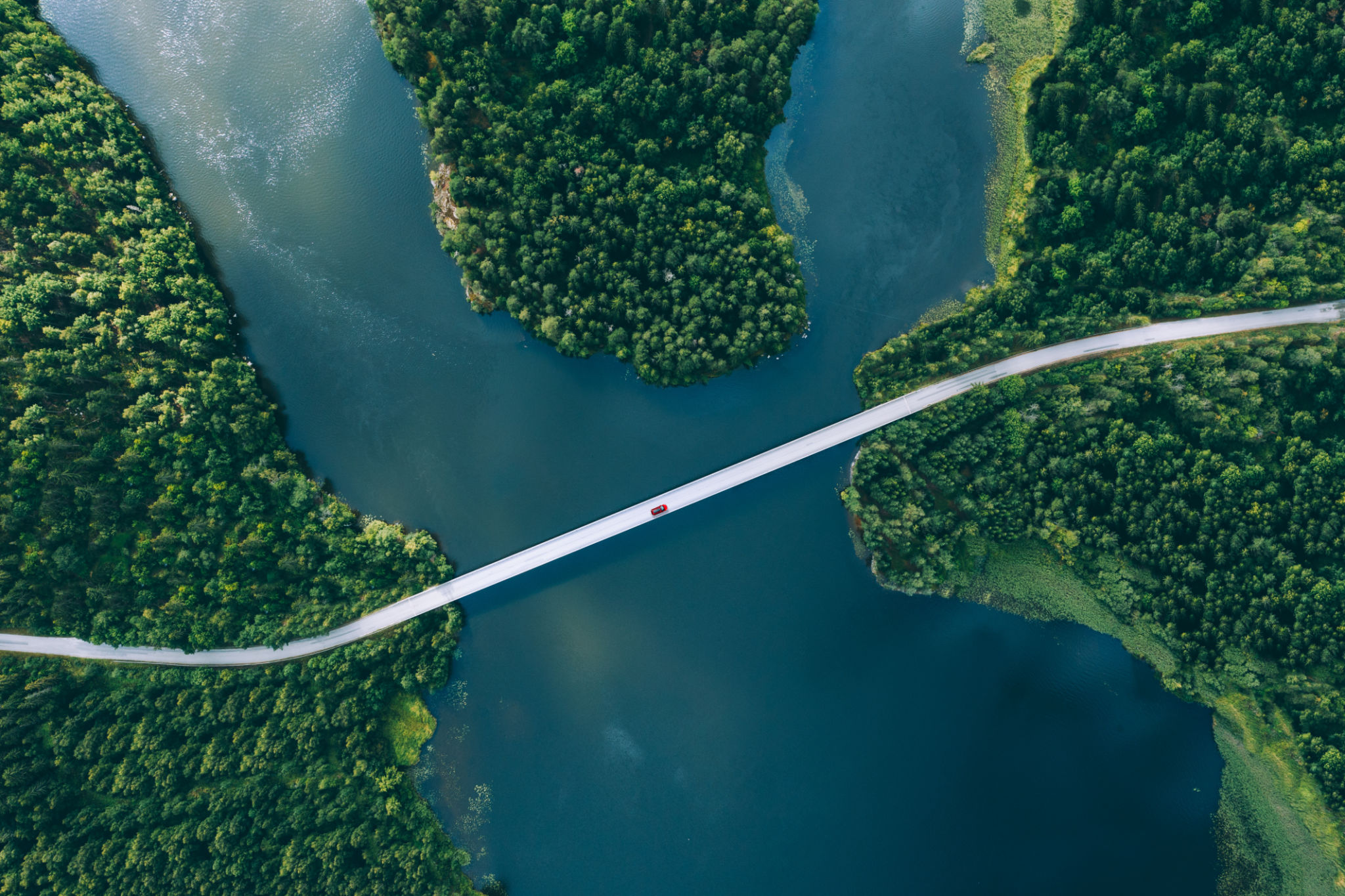DIY Aerial Videography: Tips and Tricks for Stunning Footage
JW
Getting Started with Aerial Videography
In recent years, aerial videography has become incredibly popular, thanks to the accessibility of drones. Whether you're an aspiring filmmaker or simply looking to capture breathtaking views, learning the art of aerial videography can be both fun and rewarding. With a little practice and the right techniques, you can create stunning footage that captivates your audience.
Before you take off, it's crucial to familiarize yourself with your drone and its capabilities. Spend some time reading the manual, understanding the controls, and practicing basic maneuvers in a safe, open area. This will help you become comfortable with flying and shooting simultaneously.

Choosing the Right Equipment
When it comes to aerial videography, choosing the right equipment plays a vital role in the quality of your footage. While there are a variety of drones available, not all are suited for high-quality video capture. Look for drones that offer stable flight, a good camera resolution, and features like GPS and gimbal stabilization.
If you're just starting, consider investing in a mid-range drone that offers a balance between cost and functionality. As you gain more experience, you can upgrade to more advanced models with higher specs and additional features.
Planning Your Shots
One of the keys to capturing stunning aerial footage is careful planning. Before you start filming, scout your location to identify interesting angles and perspectives. Consider factors such as lighting conditions, weather, and potential obstacles that could interfere with your flight path.

Creating a shot list can also be helpful in ensuring you capture all the footage you need. Plan your shots in advance, considering elements such as movement, framing, and composition. This preparation will help you maximize your time in the air and ensure you capture high-quality video.
Mastering the Basics of Composition
Composition is a fundamental aspect of any form of photography or videography, and aerial videography is no exception. Follow basic composition rules like the rule of thirds to create visually appealing shots. Use leading lines to draw viewers' attention into the scene and incorporate symmetry whenever possible.
Experiment with different altitudes and angles to add variety to your footage. Low-angle shots can add drama, while high-angle shots provide a broader perspective of the landscape. Always aim to tell a story through your video by capturing scenes that evoke emotion or convey a sense of place.

Editing Your Footage
The editing process is where your footage comes to life. Use editing software to cut and arrange your clips into a cohesive narrative. Add transitions, adjust color settings, and incorporate music or sound effects to enhance the viewer's experience. Pay attention to pacing to keep your audience engaged throughout the video.
It's also important to be selective with your footage. Not every shot will make it into the final cut, so choose clips that best represent your vision and story. Aim for a concise video that highlights the most captivating moments of your shoot.
Safety and Regulations
Finally, always prioritize safety and adhere to local regulations when flying your drone. Familiarize yourself with no-fly zones, altitude restrictions, and any required permits for aerial videography in your area. Respect privacy laws and always ask for permission if you're filming on private property.
By taking these precautions, you'll ensure a safe and enjoyable experience while capturing stunning aerial footage that you can proudly share with others.
